When it comes to unlocking the backbend, most people probably think of increasing hip extension, stretching the front of the thigh and the iliopsoas, and increasing flexibility in the spine. This idea is not wrong, but in actual practice, many people’s backbends are more stuck in the back muscles that are too weak.Why the first step in unlocking the backbend isn’t increasing hip mobility
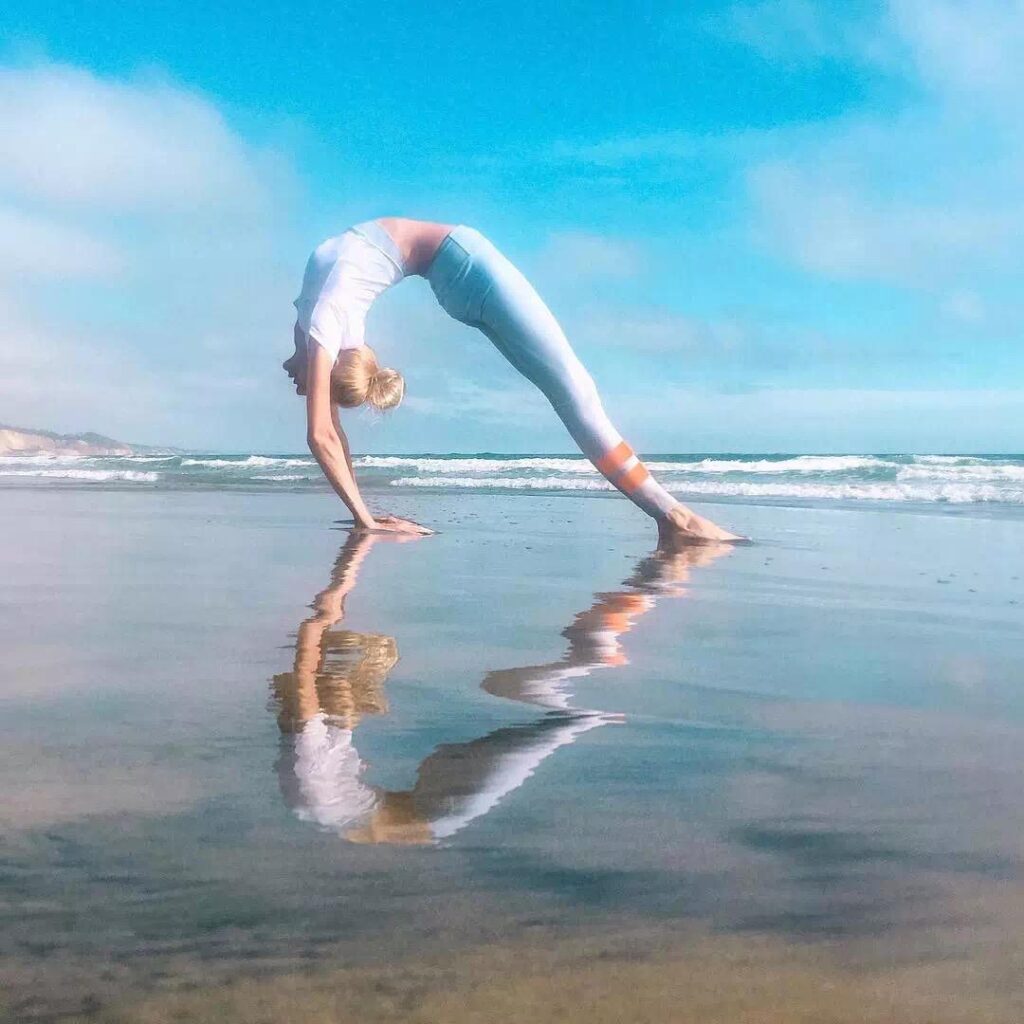
As we mentioned earlier in the introductory tutorial, the first movement introduced in the backbend section of this book is the four-post brace. The main purpose is to tell everyone to pay attention to the participation of back strength in backbend exercises. At the same time, it is also emphasized that only soft backbends will lead to back weakness and pain, which will make the practitioner pay a heavy price.
So for beginners, especially those with natural flexibility, even if you can easily enter the backbend, don’t rush into a deep backbend, make up for the short board first, and practice your back strength more.
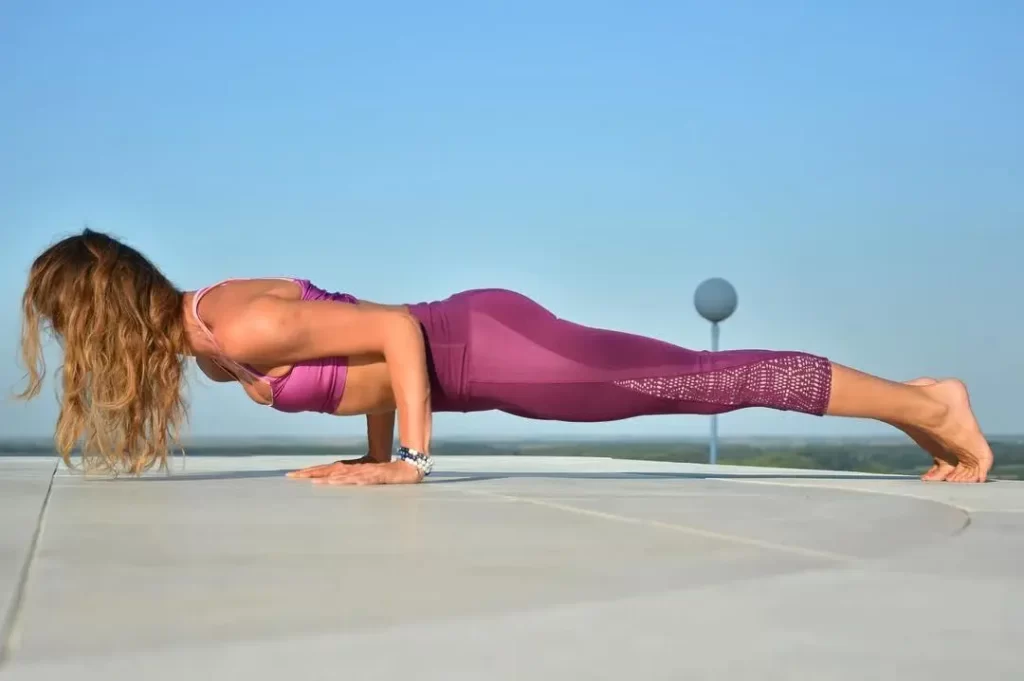
As mentioned earlier, the four-column pose is a very good exercise for training the muscles around the spine, but for beginners, this exercise is difficult, detailed, and very prone to compensation, so I will introduce you to three basic exercises. Back movements, beginners or people with relatively weak strength, can start with these basic movements first.
Boat type
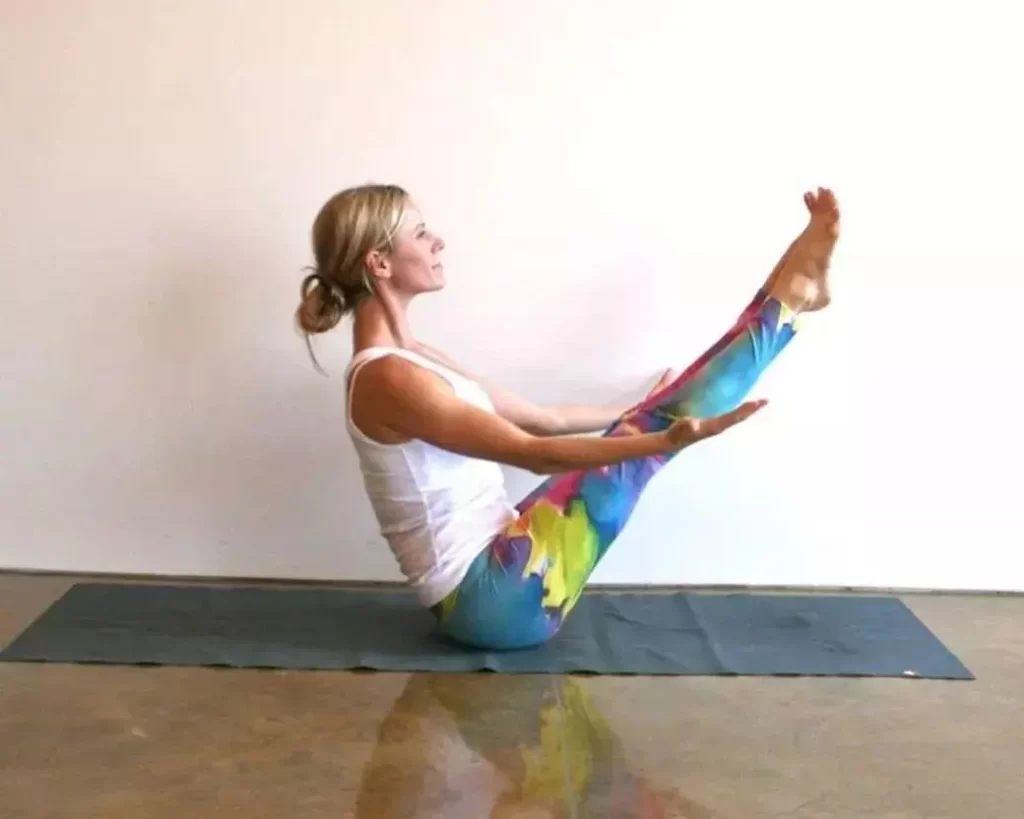
Boat pose not only trains the core but also the back, and it is very suitable for beginners.
Sit on the mat with your pelvis straight, your spine extended, your legs straight, and your hands naturally at your sides.
The spine is extended, the sciatics are pressed to the ground, and the body is slightly leaned back
Lift your hands and feet off the ground, enter boat pose, and hold 5-8 sets of breaths
If it’s really difficult, you can do a half-skipper with your knees bent and your calves parallel to the ground. Key points: Tighten your back and abdomen, lift your chest up, sink your shoulders, flatten your shoulder blades, and straighten your spine. Feel the thinning and flattening of the entire back.
Simple twist of sitting posture
All twists can strengthen the back, here I chose a simple sitting position. It can ensure the stability of the pelvis, the stability of the foundation, and the lower center of gravity, so that all the energy can be focused on the extension of the spine and the strengthening of the back strength.
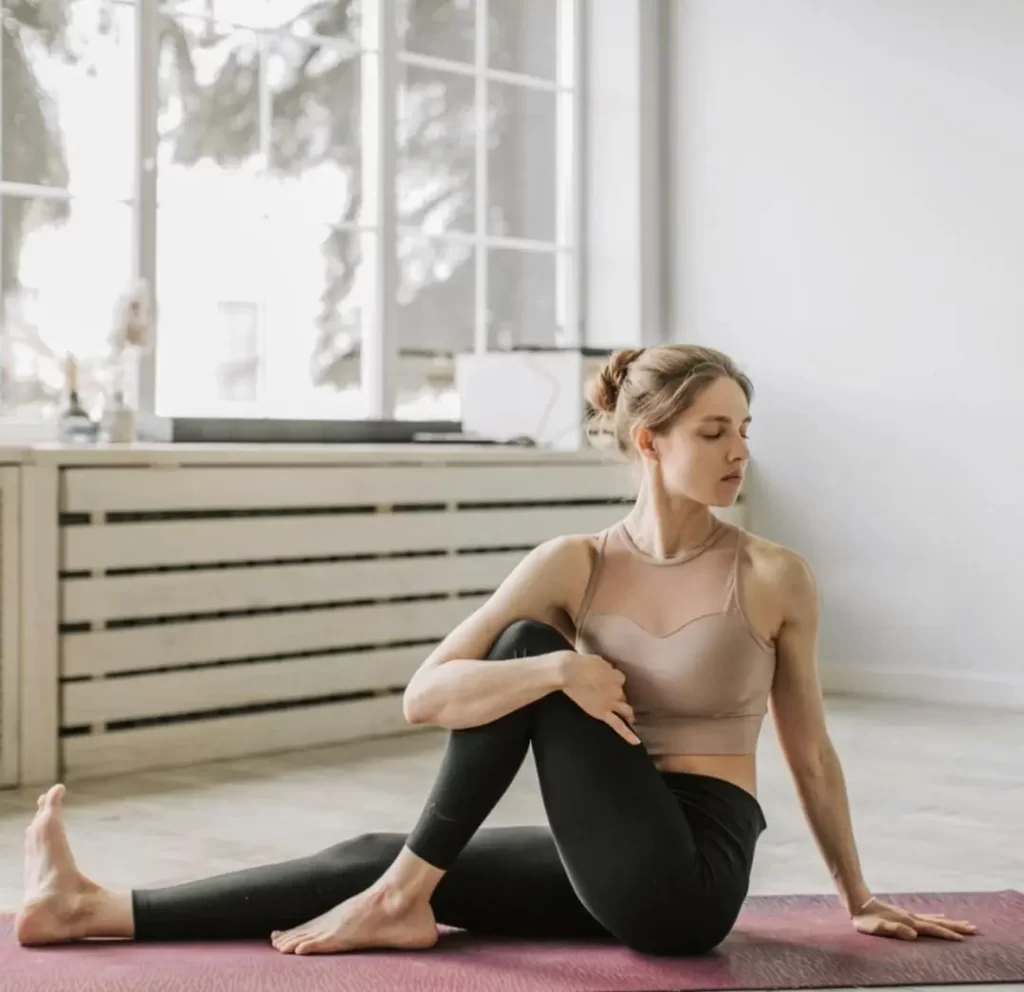
Sit on the mat with your pelvis straight, your spine extended, and your legs straight.
Bend your right knee, place your right foot on the outside of your left thigh, and step on the ground.
When inhaling, extend the spine, lift the chest up, and when exhaling, twist the body to the right, put the left hand on the outside of the right thigh and push each other, and the right hand supports the ground behind the body.
After holding 5-8 sets of breaths, go back to the opposite side.
To ensure that the pelvis is straight, the spine is extended on the basis of entering the twist, and the lower part of the hip can be elevated. In addition, the entire shoulder blade and the back ribs should be flattened and retracted, and the back will feel thinner and higher. If you do the twisting exercise right, the stimulation of the back muscles is actually very strong. If you do it incorrectly, it will be very perfunctory. You just put on a pose, and the back will not feel at all. You can judge whether you have practiced or not.
Locust
The locust pose itself is already a backbend, but you should practice it as a pure back movement. Don’t pursue the range of the backbend, but emphasize the tightening and strength of the back.
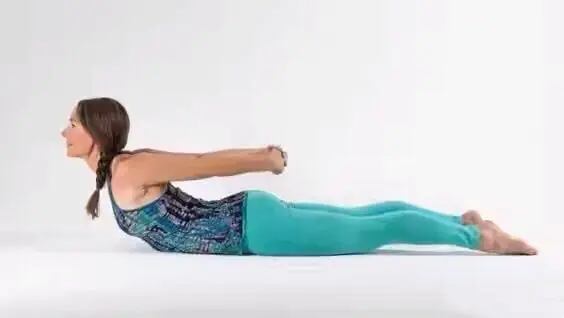
Lie prone on the mat with your forehead on the ground; your feet are pelvis-width apart, and your knees are on the back of your feet; your hands are naturally at your sides.
As you inhale, lift your back and lift your hands off the floor; exhale, sink your shoulders. Hold for 5-7 seconds to restore. Repeat 10 to 15 times.
Here we are doing half locust. You want to keep your abdomen on the ground at all times to keep your pelvis and lumbar spine stable; at the same time, press down on the back of your feet and tighten your legs to the front of your thighs against your bones. For beginners, this is actually a very good back exercise, but if you feel pressure on your waist during this exercise, it means that the details and force need to be strengthened. If you can’t adjust it yourself, change to other movements temporarily. Skip, don’t take it hard. It is a backbend action after all.
When you are in a bad mood, practicing backbends can really release your emotions and adjust your mentality, especially in the sentimental spring.
Read more tips about health and fitness http://www.growmorehealth.com
